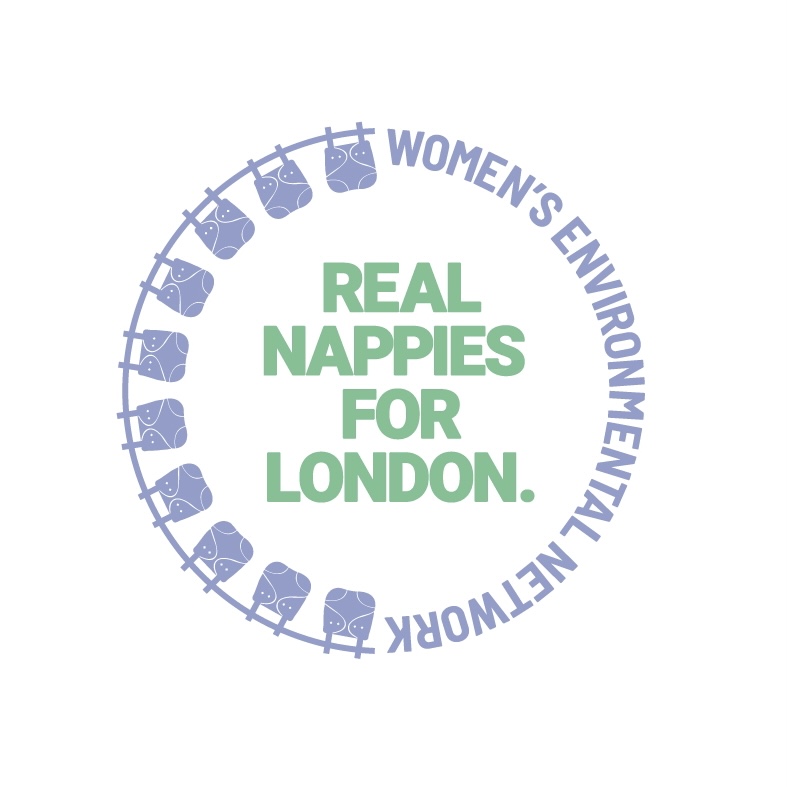Congratulations on your new arrival! We know this is an exciting, yet sometimes overwhelming time, and we’re here to support you in getting started with reusable nappies.
Why reusable nappies?
Reusable nappies are made from breathable, soft natural fabrics that are gentle on your baby’s delicate skin. They offer a snug, adjustable fit – perfect for newborns. By choosing reusables, you avoid exposing your baby to the chemicals often found in disposables. Plus, using reusable nappies is a sustainable choice, helping you reduce waste during the frequent nappy changes that newborns require. Reusables are also a cost-effective option in the long run.
TIP: Using reusable nappies doesn’t have to be all or nothing from the start. Even part-time use can make a noticeable difference to your waste bin and your wallet!
What to expect in the first few weeks
In the early days, newborns typically need 10 to 12 nappy changes a day as they feed frequently. This might feel overwhelming at first, but it gives you plenty of opportunities to practice using reusable nappies and find a routine that works for you!
Dealing with meconium
In the first few days, your baby will pass meconium – a sticky, tar-like substance. While this might seem difficult to clean, using disposable or reusable liners inside the nappy makes clean up much easier.
Disposable liners (usually made from plant-based materials) should be thrown in the bin – never flushed. A roll of 100 disposable liners is perfect for everyday use, with one sheet per nappy change.
Reusable liners (typically made of soft fleece) wick moisture away from baby’s skin, helping them stay dry. They are a zero-waste option that can be washed with the nappies and reused multiple times.
TIP: when using disposable liners, always use a single layer in the nappy. If the liner is too big, cut it in half rather than folding it back on itself. A double layer can prevent moisture from passing through to the nappy, leading to leaks.
Umbilical cord healing
During the first few weeks, your baby’s umbilical cord stump will need to heal and fall off naturally. It’s important to keep the area clean and dry to avoid irritation or infection. One helpful tip is to fold the front of the nappy down to ensure it sits below the cord stump, avoiding any rubbing or pressure, while still providing a snug fit.
Preweaned baby poo
For the first six months, your baby’s poo will be different than what you’ll see after they start eating solid foods. Breastfed baby poo is usually runny and golden in colour and doesn’t smell too strongly. Formula fed babies’ poo tends to be firmer, darker brown and stronger smelling than breastfed babies. The good news? Pre-weaned baby poo is water-soluble, meaning there’s no need to rinse a nappy before storing them in a wet bag or bucket before wash day.
Simple washing and drying routine
A straightforward routine is all you need to keep reusable nappies fresh and clean.
Storing: Place used nappies and reusable liners in a dry, lidded bucket or wet bag. If using disposable liners, throw them in the bin. You don’t need to soak reusable nappies – just let the washing machine do the work!
Washing: When it’s time to wash (usually every 2 to 3 days), start with a fast cold rinse (no detergent) followed by a main temperature wash at up to 60°C with detergent. For babies under 3 months, washing at 60°C is recommended. Non-bio detergent is usually suggested, as enzymes in bio detergents can damage some nappy materials like bamboo.
TIP: If you don’t have enough nappies for a full load, add baby clothes, linen, or towels to the temperature wash.
Drying: After washing, air-dry either inside or outside and away from direct heat. If needed, nappies and reusable liners can be tumble-dried on a low or cool setting.
Choosing a nappy type and getting the right fit
You don’t necessarily need to commit to one type of reusable nappy – many parents find a mix and match approach works best. There are nappies specifically designed for newborns, or come in Size 1. There are also adjustable one-size nappies that grow with your baby from ‘birth to potty’. You may find using a two-part nappy system, like fitted nappies, or flat nappies like cotton prefolds, provide a better fit. Visit our what are reusable nappies page to learn more.
Nappy Quantity
The number of reusable nappies you may need depends on your baby’s age, how often you plan to wash, and whether you’re using them full-time or part-time.
As a general guide, about 20 – 25 nappies should cover full-time use for a newborn, allowing for washing every other day.
If you’re unsure which nappies to buy, start with a mix of 6 to 8 nappies. Try them for a few days, see what you like best, then when you’re ready, buy more based on your preferences. Your nappy voucher can help you with this initial upfront cost!
Benefits of a nappy laundry service
Using a laundry service is a great way to start out with reusable nappies, especially during the first six months when you’ve got more than enough to do. Enjoy the convenience of weekly deliveries of fresh, clean cotton prefold or cotton fitted nappies right to your doorstep, meeting the highest standards set by Environmental Health and NHS guidelines. Visit our laundry service page to find out more.
Choosing reusable nappies for your newborn is not only a gentle, chemical-free option for your baby, but it’s also a sustainable and cost-effective choice for your family. Whether you decide to go all-in from the start or ease into it gradually, every small nappy change makes a difference. Remember, you don’t have to navigate this journey alone – advice and resources are available to help you along the way. Join us at an in-person event or use our online resources.
Alice Walker, November 2024

